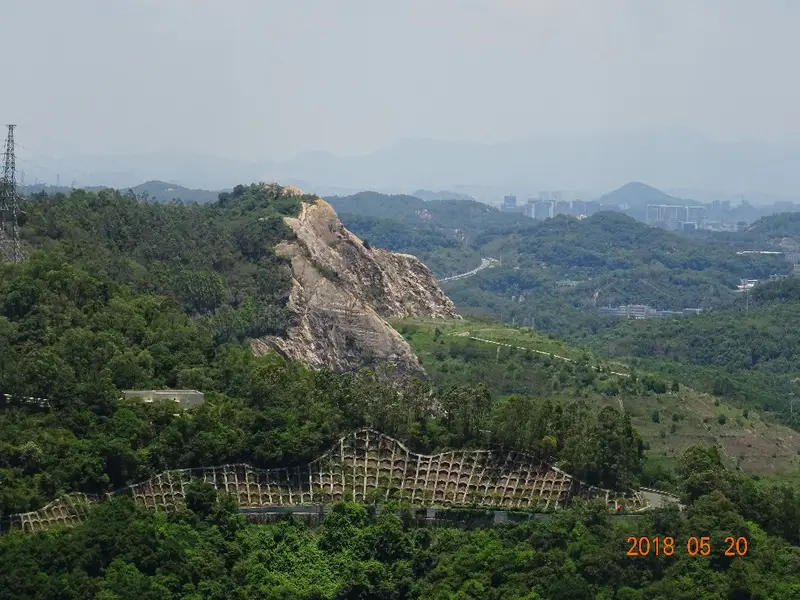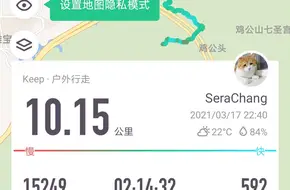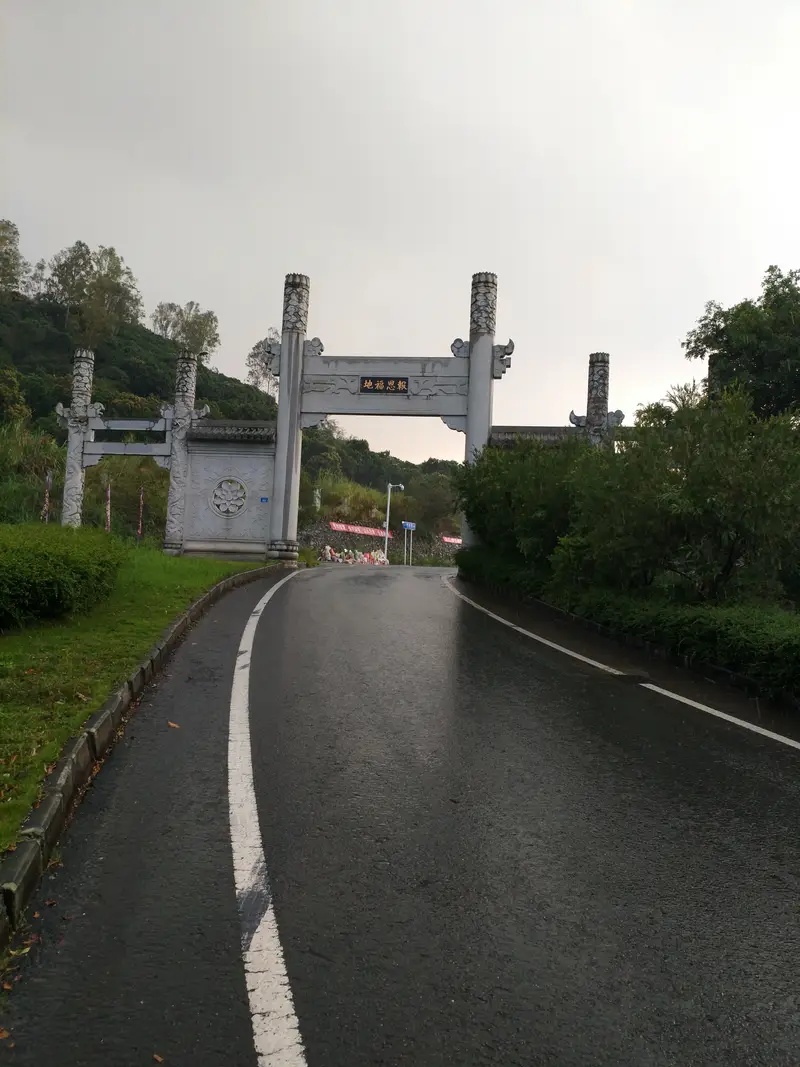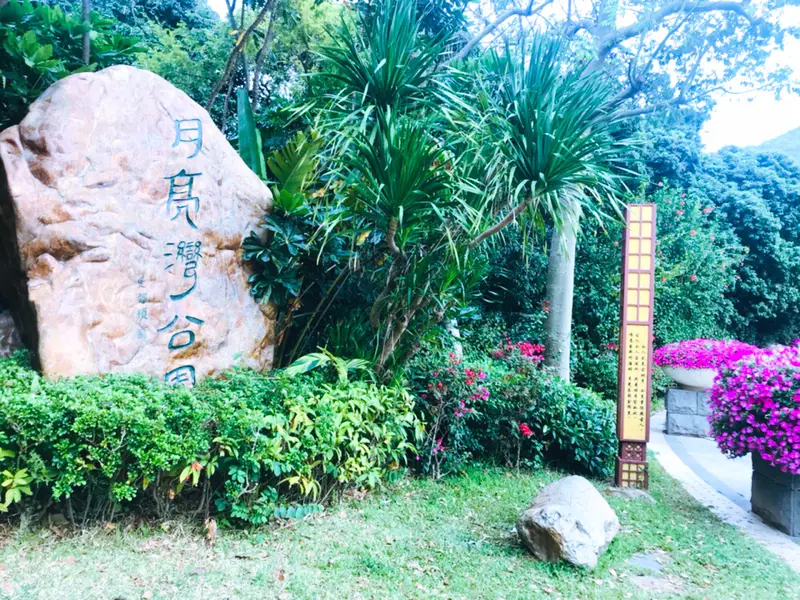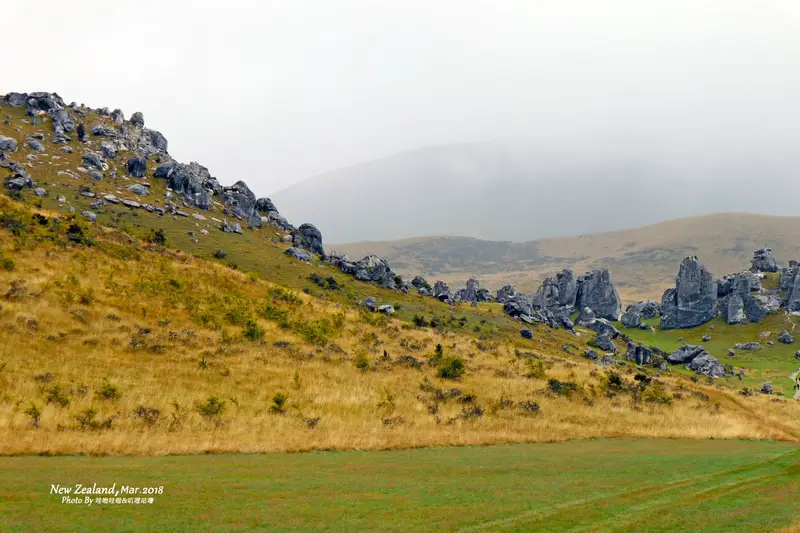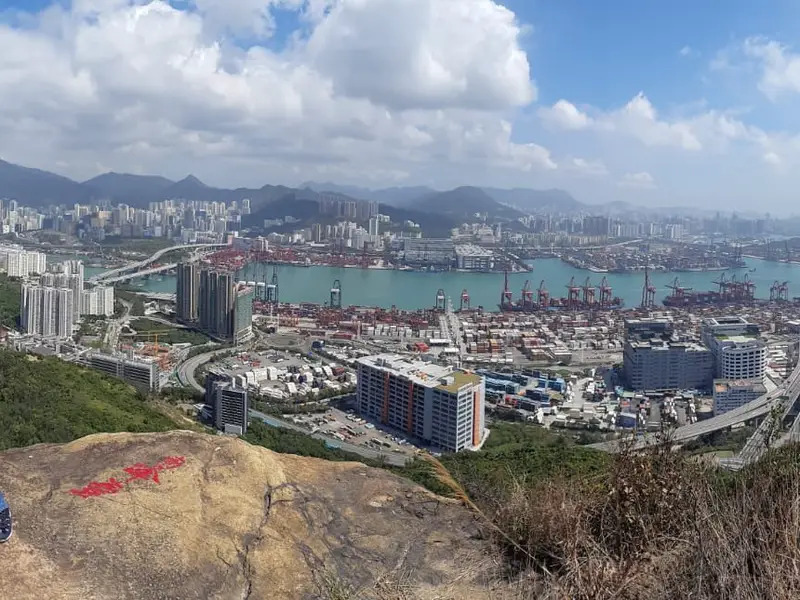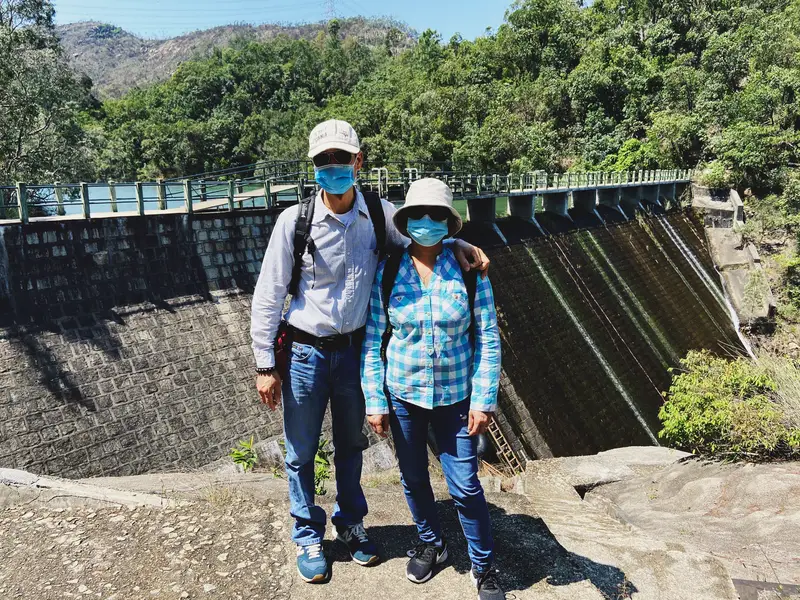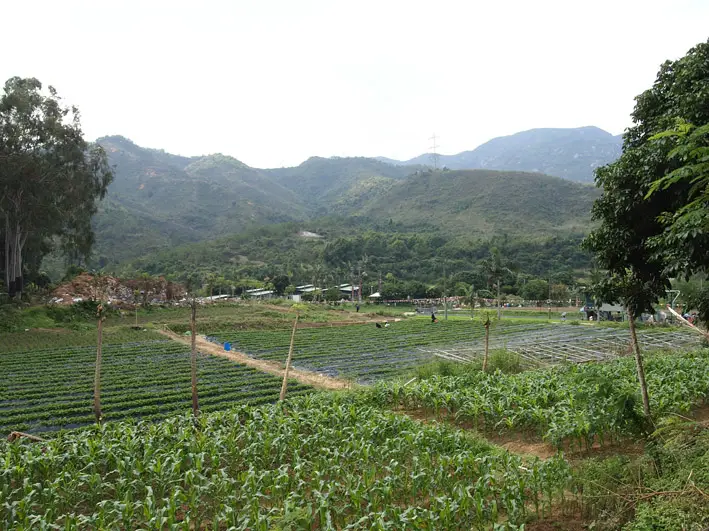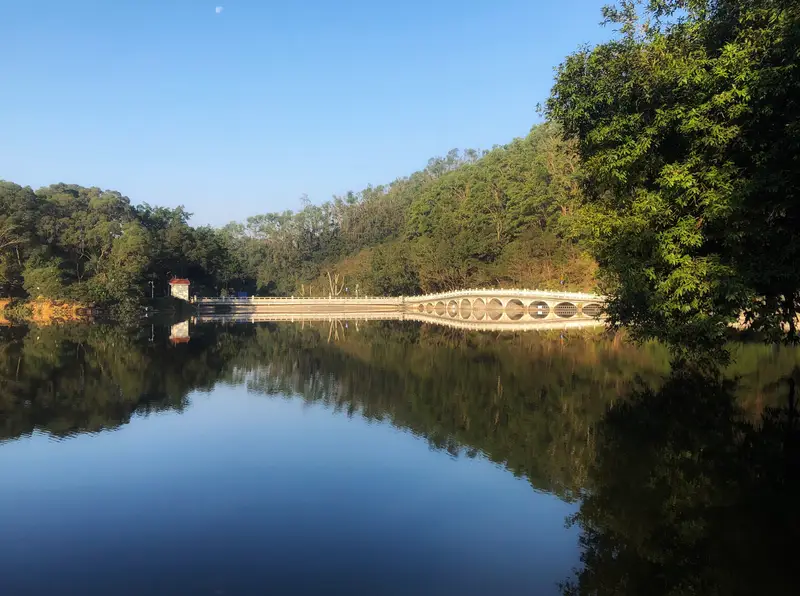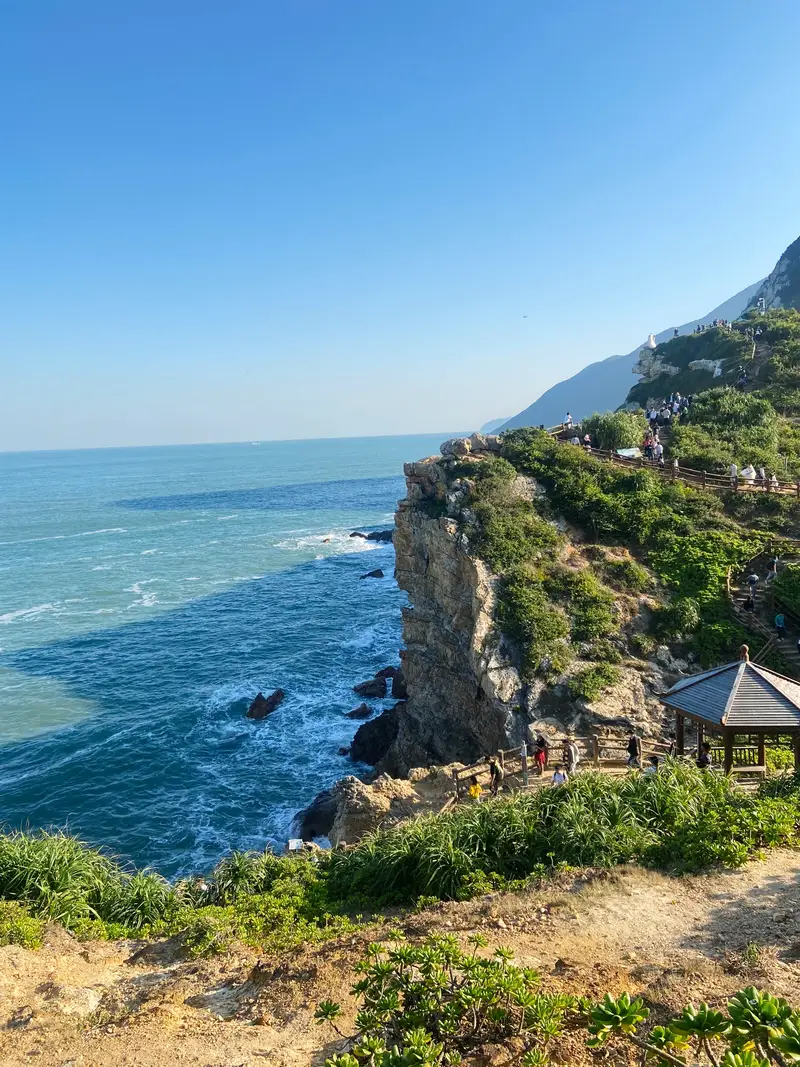Rooster Head, standing at 445 meters above sea level, is one of Shenzhen’s “Top Ten Independent Peaks” and ranks 10th on the list. Located in Luohu District, Shenzhen, this mountain belongs to the Jigong Mountain Range, which stretches across five central districts of Shenzhen: Luohu, Futian, Longgang, Bao’an, and Nanshan. Climbing Rooster Head gives you a unique perspective—you can see landmarks from all five districts, including the shimmering Shenzhen Bay and even glimpse the skyline of Hong Kong on clear days. This spot is often called a “natural boundary” because it marked the edge of Shenzhen’s original Special Economic Zone when the city was founded.
How to Get There
Reaching Rooster Head is straightforward. If you’re taking public transport, hop on Metro Line 9 and get off at Yinhu Station (银湖站). From there, it’s a short taxi or bike ride to the park’s entrance. Driving? Use Yinhu Mountain Park as your navigation destination. Parking is available, but arrive early as weekends get busy. For hikers, there are multiple trails starting near Yinhu Resort, with clear signs pointing to Rooster Head.
Natural Scenery
The real magic of Rooster Head lies in its panoramic views. As you ascend, the sprawling cityscape unfolds below—skyscrapers, winding roads, and distant green hills create a surreal contrast. On the summit, binoculars aren’t needed to spot Shenzhen Bay’s glistening waters or Hong Kong’s high-rise cluster on the horizon. Locals say climbing here makes you realize just how small yet interconnected Shenzhen’s neighborhoods are. The trail is lined with native trees and wildflowers, especially vibrant after rain. Keep an eye out for birds; the area is a haven for wildlife.
Cultural Significance
Rooster Head isn’t just a hiking spot—it’s a living piece of Shenzhen’s history. When Shenzhen became China’s first Special Economic Zone in 1980, the Jigong Mountain Range formed its northern border. Standing atop Rooster Head, you’re literally straddling the line between Shenzhen’s past (villages and farms) and its future (skyscrapers and tech hubs). Look closely, and you’ll spot old villages like Lianhua Mountain Village tucked into the valleys, reminding visitors of the city’s rapid transformation.
Trails & Facilities
The main trail to Rooster Head is beginner-friendly, with stairs and handrails in steeper sections. It’s about 2–3 hours round trip, depending on your pace. Along the way, you’ll find shaded rest areas, water stations, and viewpoints labeled with district names (e.g., “Futian Viewpoint,” “Nanshan Overlook”). A wooden observation deck near the summit offers 360-degree views, perfect for photos. For safety, wear sturdy shoes—some sections get slippery after rain.
Visitor Tips
- Best time to visit: Early morning (to beat crowds) or late afternoon (for golden-hour lighting).
- What to bring: Sunscreen, hat, water, snacks, and a camera.
- Hidden gem: Take a detour to Yinhu Resort on the way down—it’s an old-school park with lakes and pavilions, great for a post-hike picnic.
- Pro tip: On hazy days, the skyline blends into a misty blur, creating an otherworldly atmosphere.
Why You’ll Love It
Rooster Head isn’t Shenzhen’s tallest peak, but its bird’s-eye view of the entire city makes it unforgettable. Whether you’re a history buff, nature lover, or photo enthusiast, this spot ticks all boxes. Plus, unlike crowded tourist spots, it’s easy to find solitude here. As one local hiker put it: “Climbing Rooster Head is like holding Shenzhen’s map in your hands.” Give it a try—your Instagram feed (and legs) will thank you!


